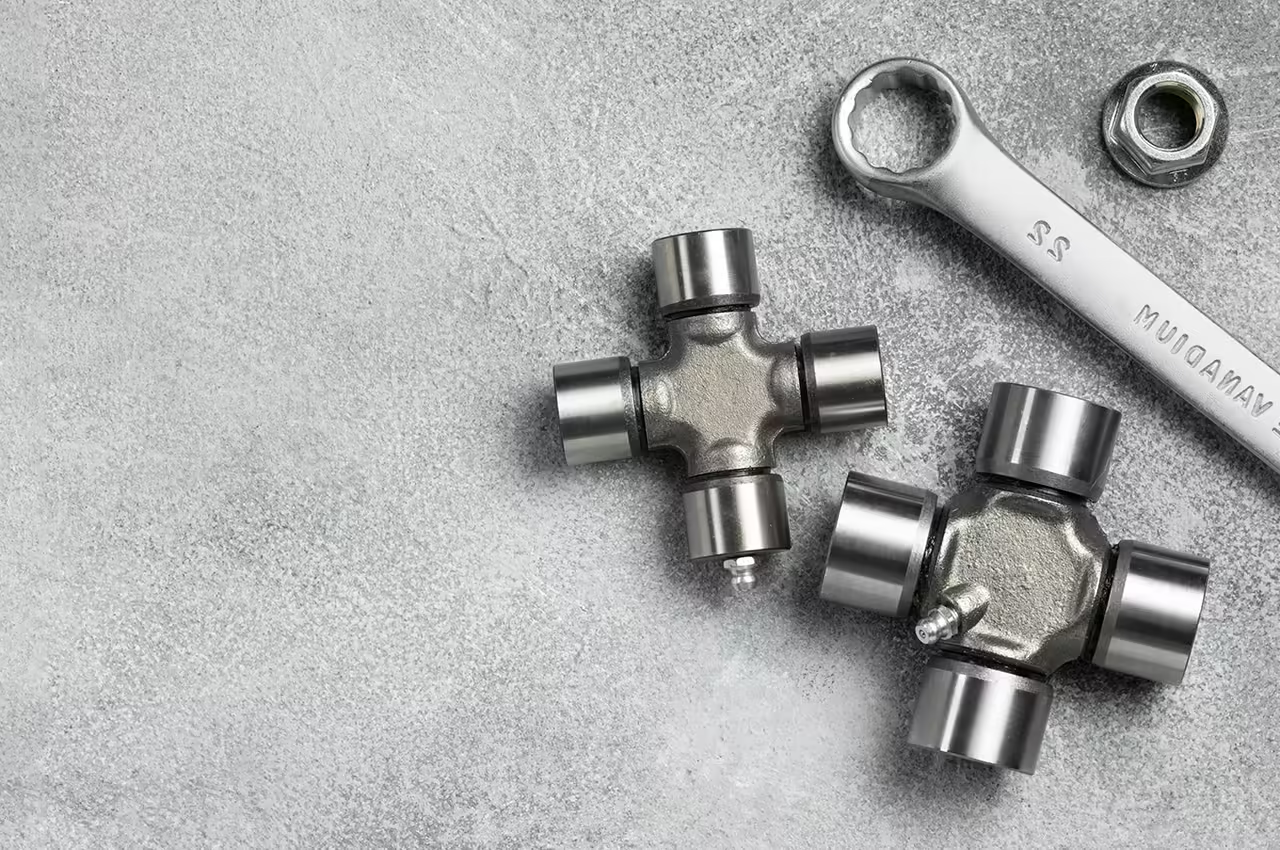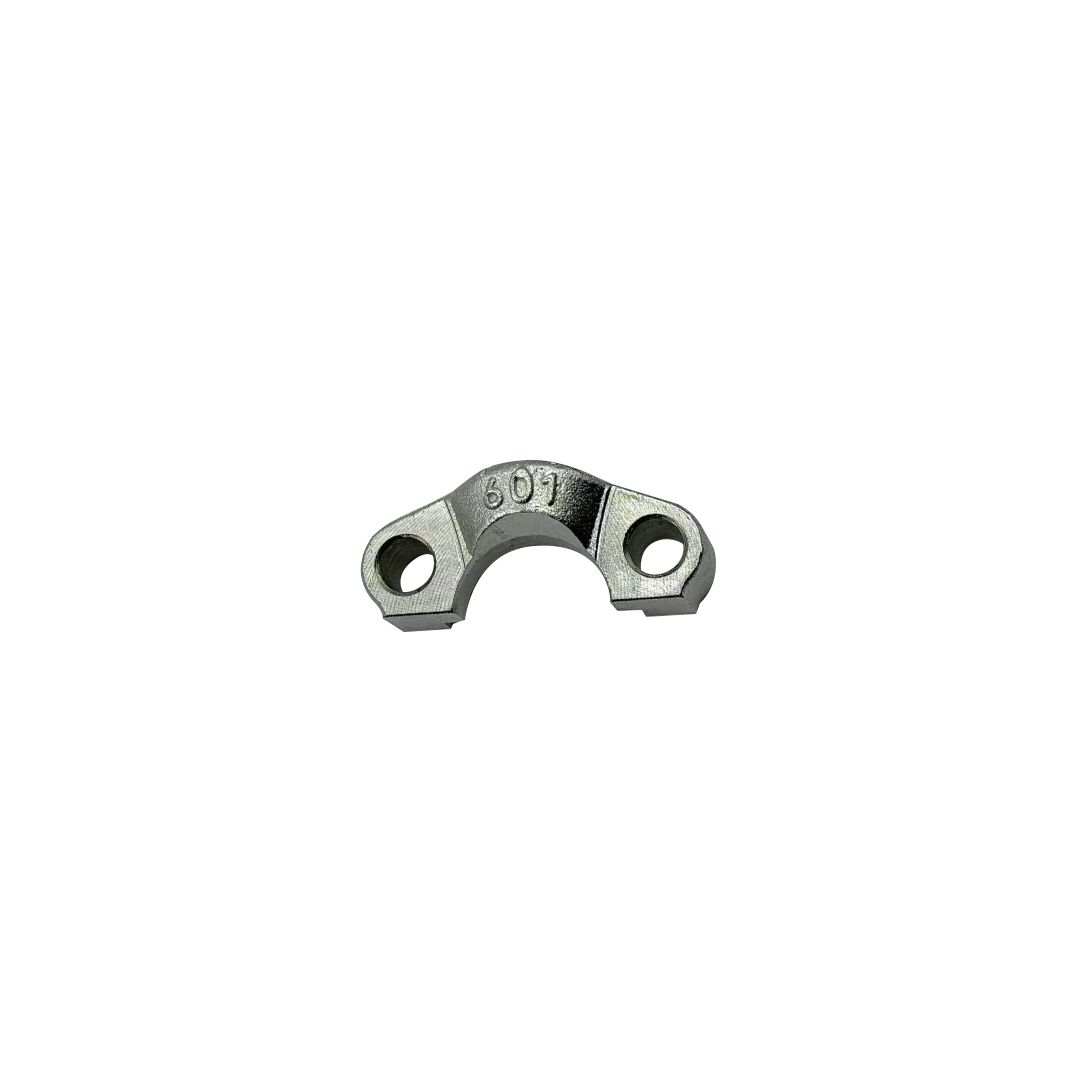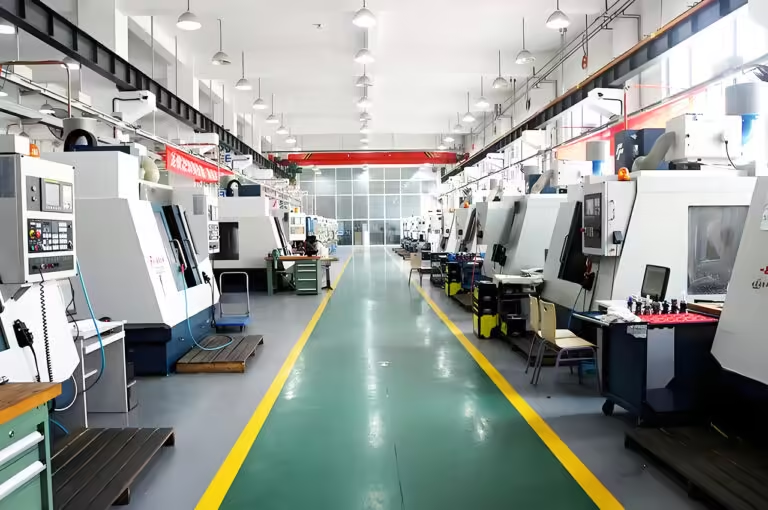In hydraulic joints, hose joints are joints clamped at both ends of hydraulic hoses. The connection between hose joints and component ports usually requires transition joints. Hydraulic transition joints act between the hard joint and the port component during the transition process, or directly as part of the hard pipe joint. What is the function of hydraulic transition joint?
Due to the easy oxidation of the contact surface between two different metals, when the two metals are connected together, the contact surface will quickly oxidize and the contact resistance will increase, followed by a vicious cycle, followed by heating and increased contact resistance, causing the machine to burn. The use of hydraulic transition joints can avoid this phenomenon.
(1) Pre installed
(2) Do not add sealant or other fillers. In order to achieve better sealing effect, sealant was applied to the collar, but as a result, the American thread transition joint sealant was flushed into the hydraulic system, causing hydraulic component blockage.
(3) When connecting pipelines, there should be sufficient deformation allowance to avoid pipeline tension.
(4) When connecting pipelines, lateral forces should be avoided. Excessive lateral forces should not compromise the sealing.
(5) When connecting pipelines, it should be done once to avoid multiple disassembly, otherwise the sealing performance will decrease.
The materials of precision seamless steel pipes with card sleeves are mainly divided into carbon steel and plastic. The upper cover and lower bottom are made of carbon steel, and the middle pipe is made of plastic. The plastic inside is not ordinary plastic, it is highly polymerized. It is made by sheet metal, stamping, and other processes. The surface treatment method is galvanizing, which can also be treated according to specific environmental and customer requirements to effectively prevent the plastic part of the surface oxidation pipe clamp from necrosis. It consists of three parts: upper and lower plates, pipe clamps, and screws and nuts.








